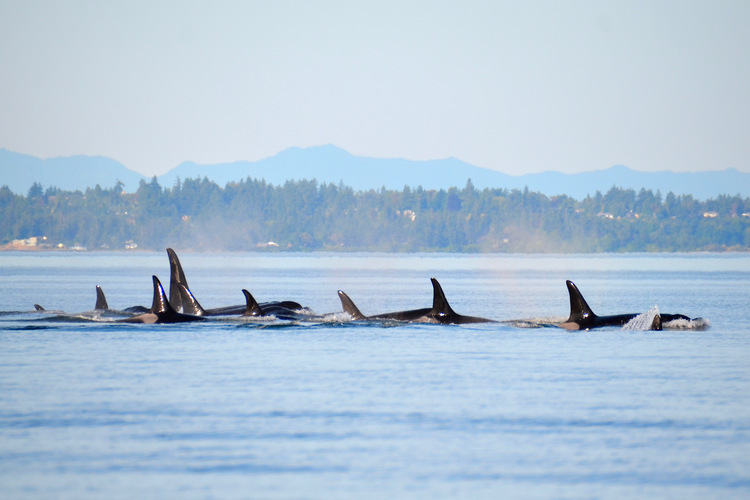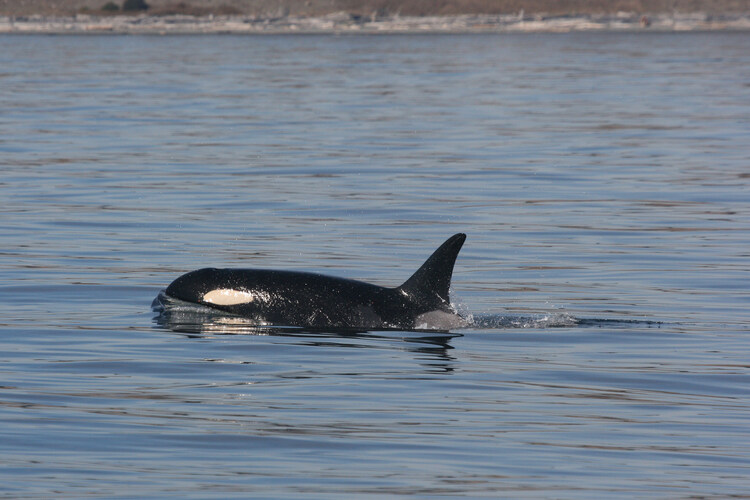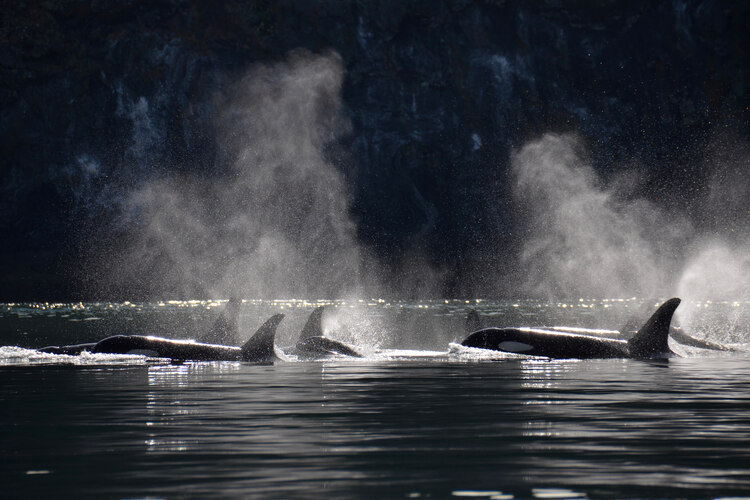
Orca calf spotted near British Columbia in Southern Resident Killer Whales population – could be first calf in pod since 2021
A new orca calf, apparently belonging to the Southern Resident Killer Whales (SRKW), has been spotted near Tofino in British Columbia. The baby appears to be more than three weeks old, and if confirmed to be part of the SRKW, will be the first calf born in the pod since 2021, after calf L125.
Last week, the Centre for Whale Research (CWR) announced the news on Facebook with photos of the alleged new calf in the officially-named Southern Resident Killer Whales, also referred to as the Southern Residents or ‘L pod’.
‘Our colleague Monika Wieland-Shields at the Orca Behavior Institute alerted us to a Facebook post by Howie Tom showing a calf with members of the L77 matriline on June 19 off Tofino,’ CWR said.

Related articles:
‘CWR researchers will need to conduct on-the-water encounters with this group to determine who the calf’s mother is, assess its health, and assign it an alpha-numeric designation. We hope to see this calf in our study area very soon!’ CWR said in the Facebook post.
The SRKW population
The Southern Resident Killer Whales (SRKW) are comprised of three pods – J, K and L pods. As of November 2018, there were 74 individuals – with L pod having the most of any other group, 35 members. Each individual of the SRKW population is identified with a unique number based on their pod membership and birth order.
Since the 1970s, the Southern Resident Killer Whales population has fluctuated, with all pods suffering reduced numbers between 1965 and 1975 due to capture for marine parks. According to the NOAA, in 1974 – the first year that the population was counted – there were 71 orcas in the Southern Resident population. In 1996, the population peaked at 97, then fell to 79 in 2001.

The Southern Resident Killer Whales are threatened by shipping vessel traffic, lack of prey and the bioaccumulation of persistent biochemicals. The low population number of the SRKW is also a threat to their survival – with few females alive at reproductive ages, combined with a low quantity of males that can contribute to the population.
In the winter, the SRKW’s predominant food source, the Chinook salmon, becomes less abundant, meaning that the pods must travel in search of food – with each orca consuming around 200-300 pounds (90-135kg)of food per day. The L and K pods will travel to the northern coast of California, while J pod stays near the Salish Sea – but some orcas have been spotted as far north as Alaska, and as far south as Monterey Bay.
The Southern Resident Killer Whales can travel up to 48 kilometres per hour (30 miles), covering an average of 120 kilometres (75 miles) each day with their pods and matriarch lineages.
All three pods come together at the beginning of summer, usually after a winter hunting for food – and form a superpod when they interact together.


